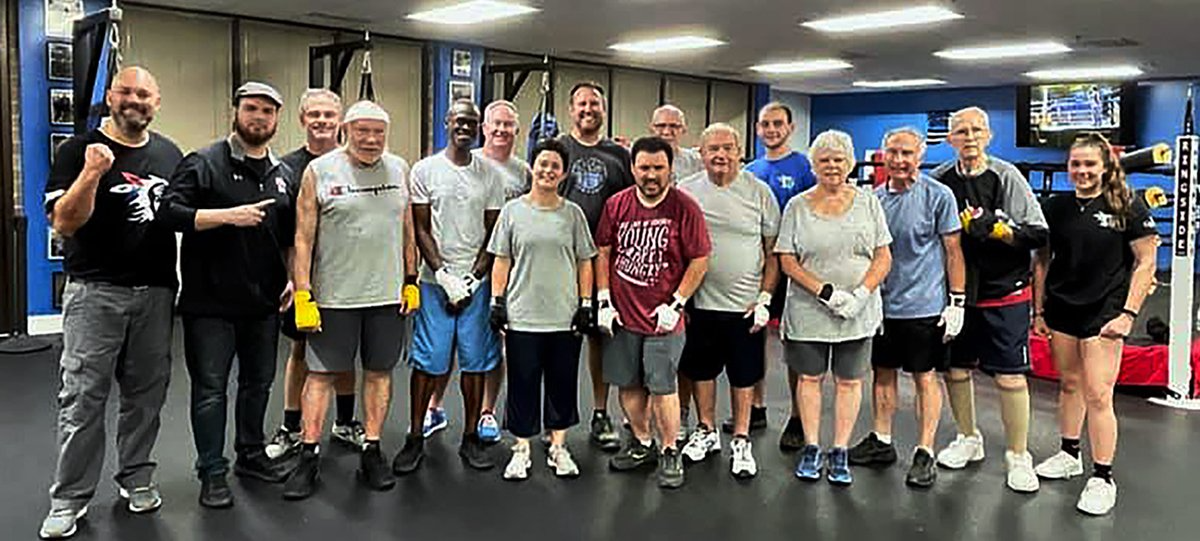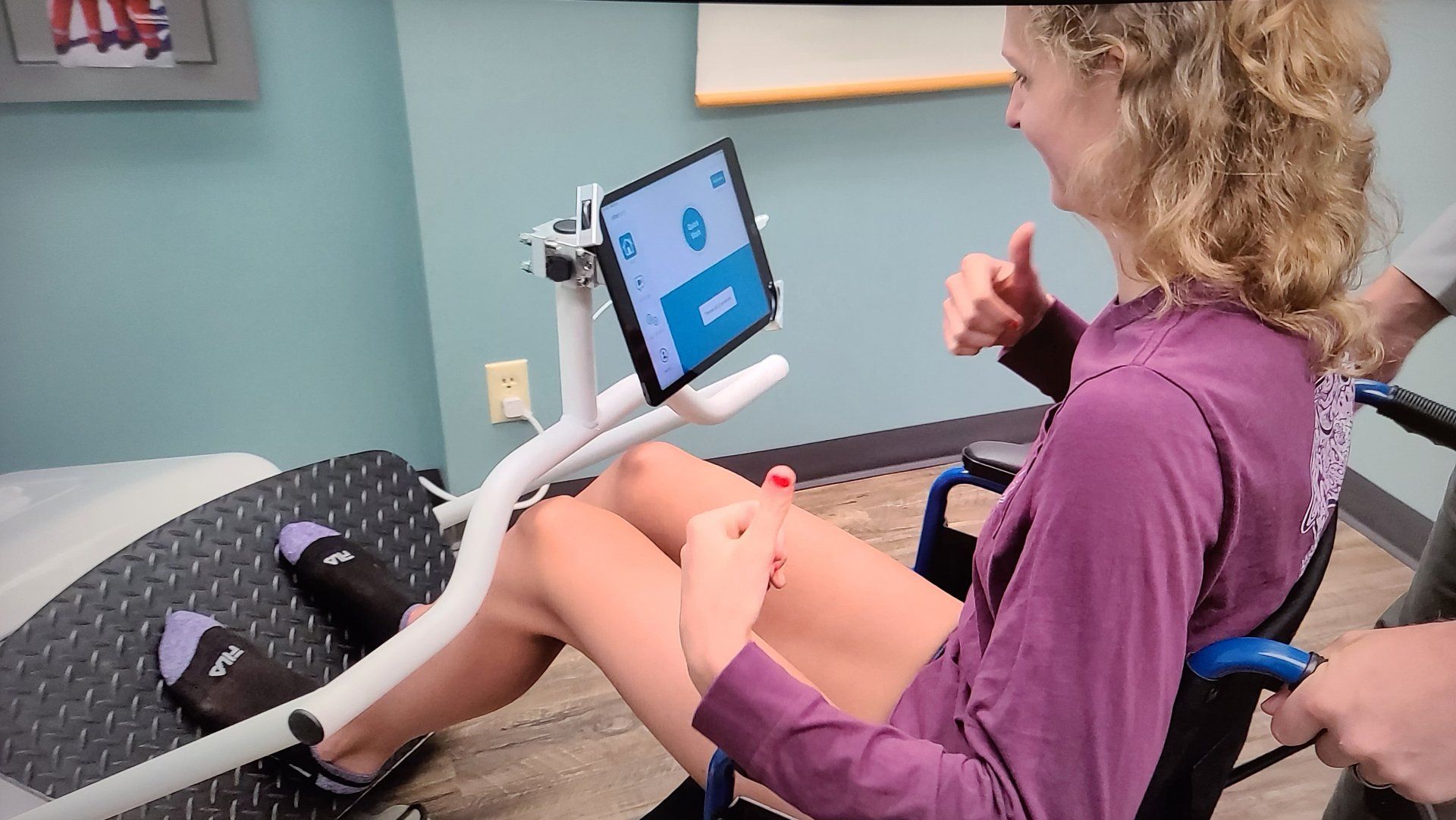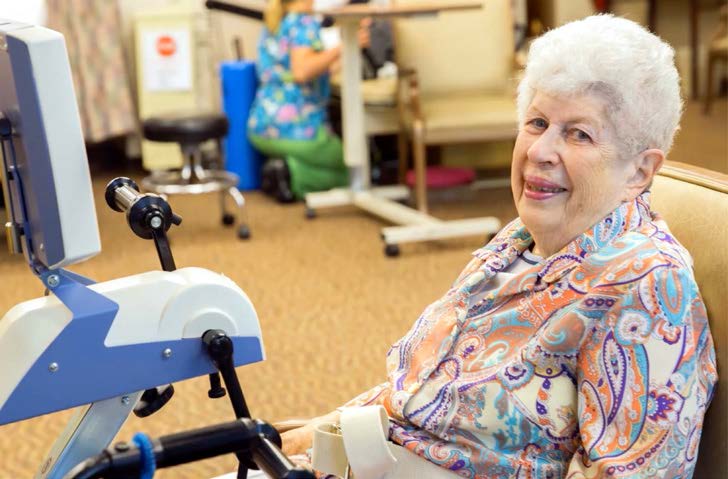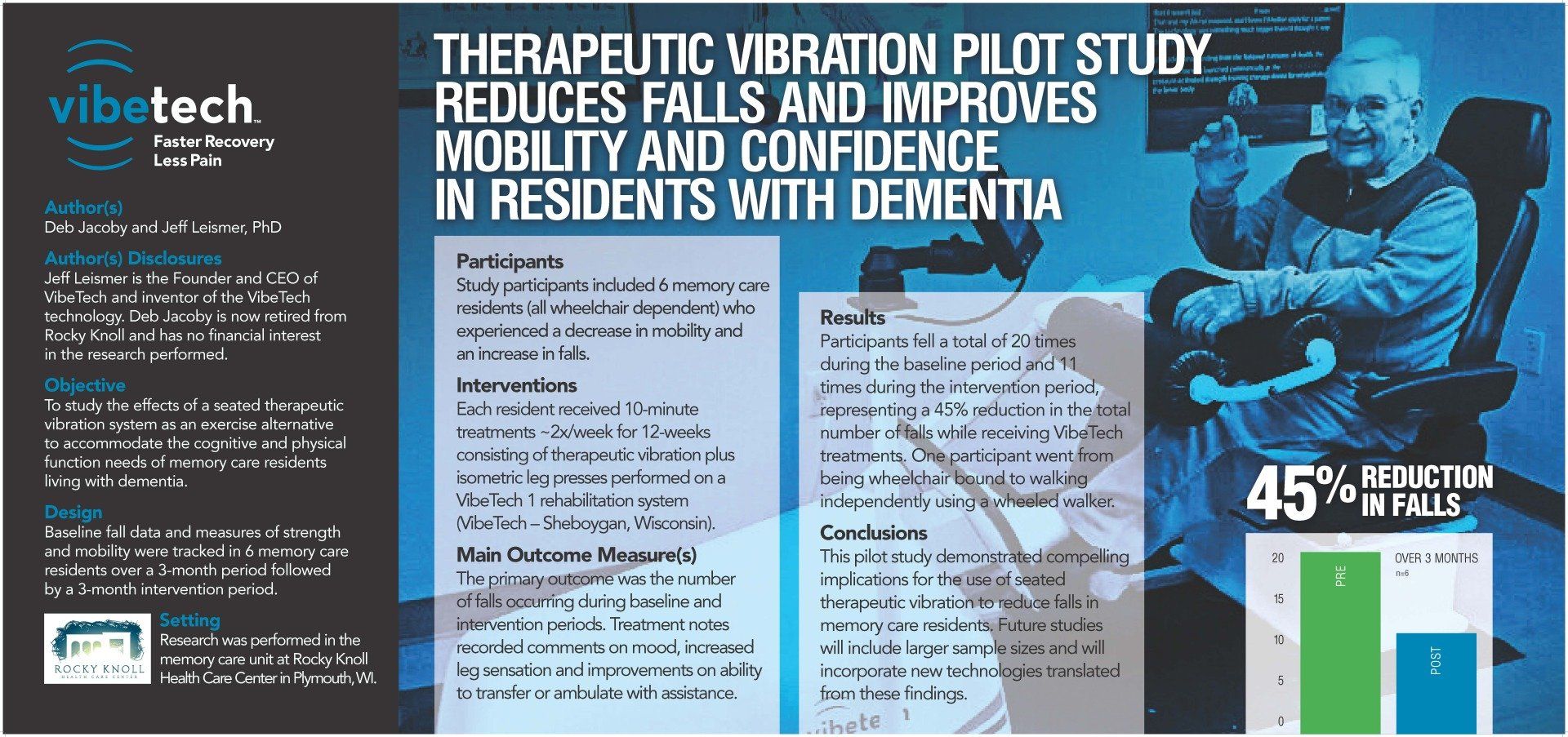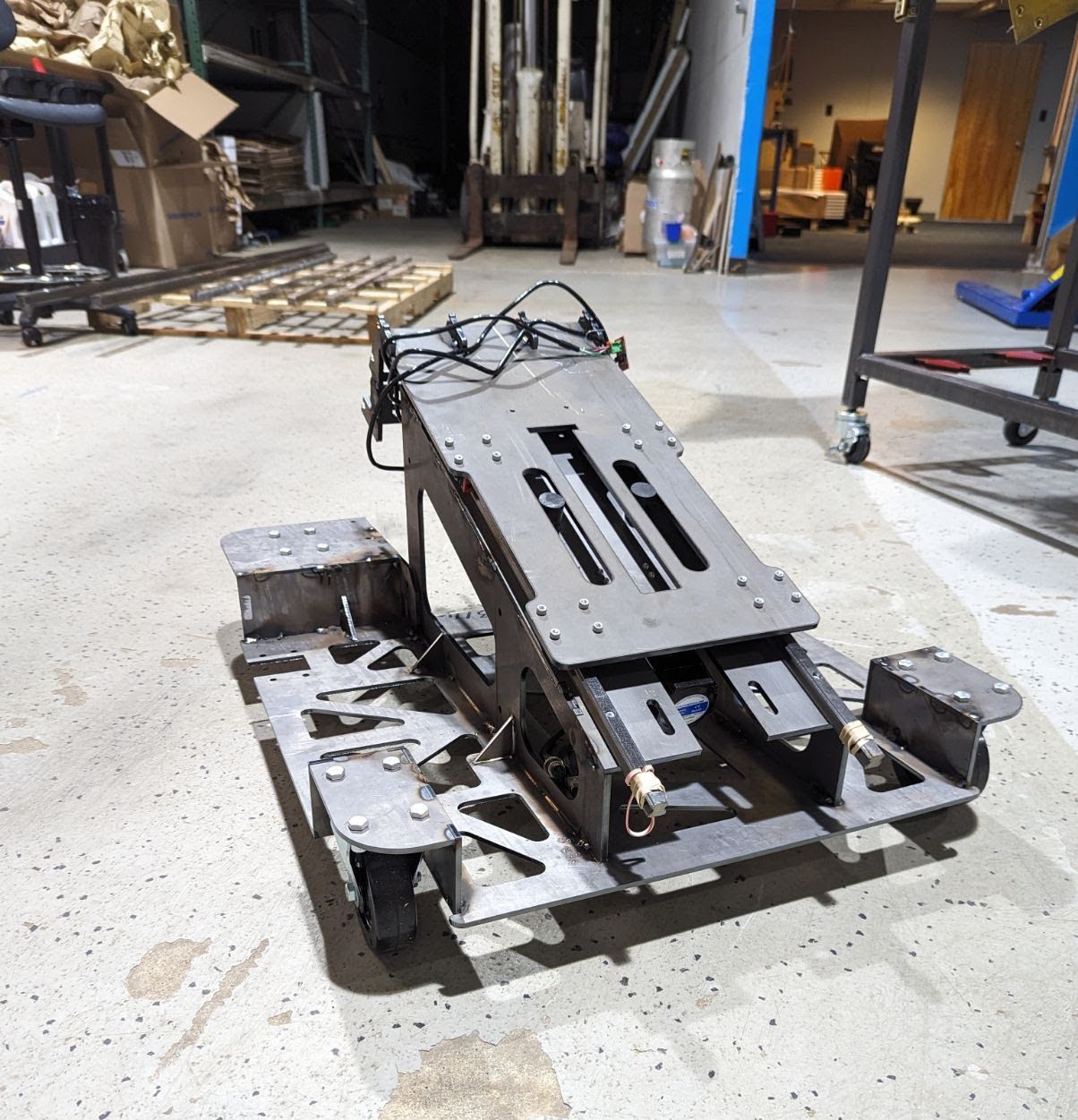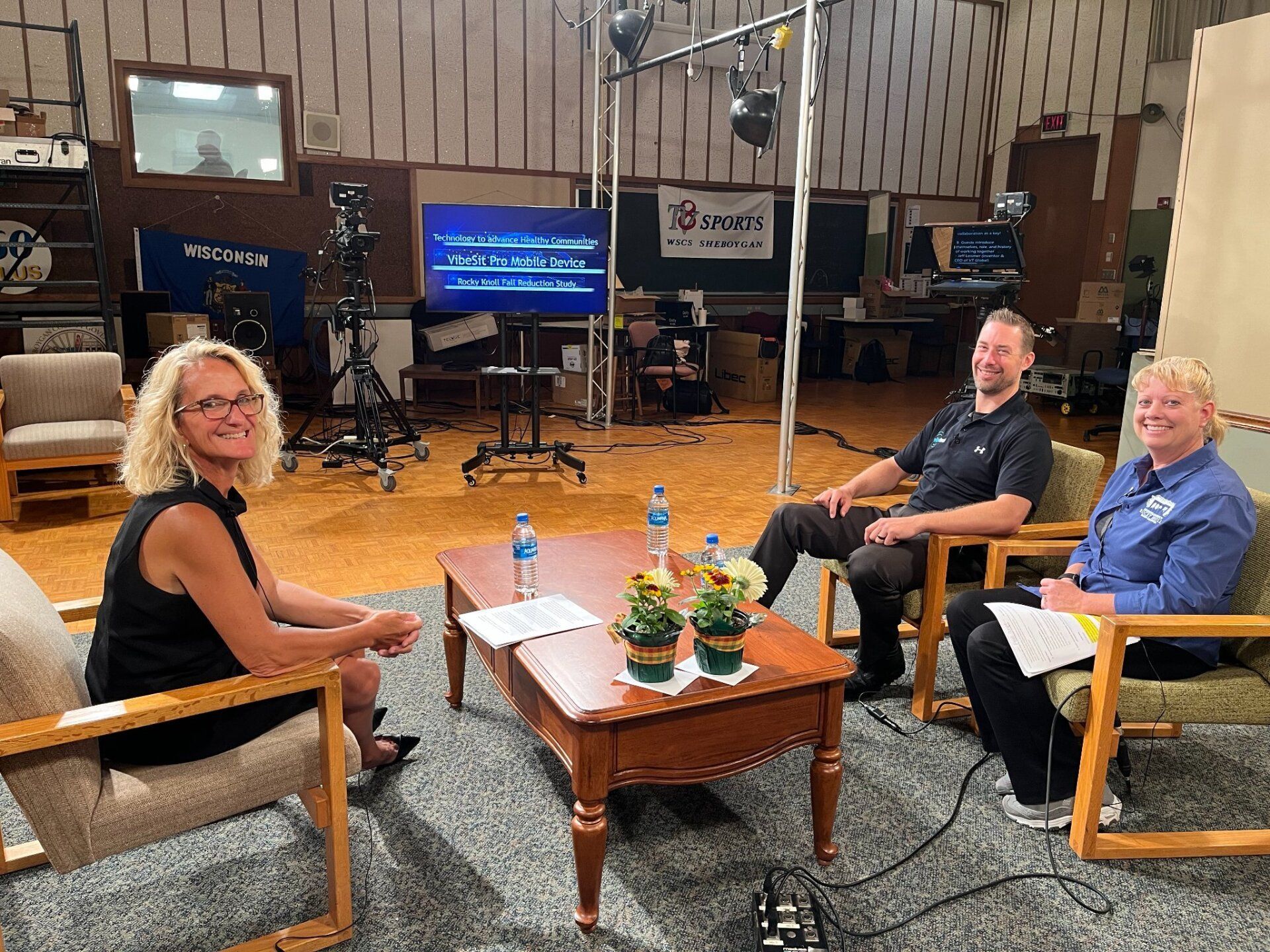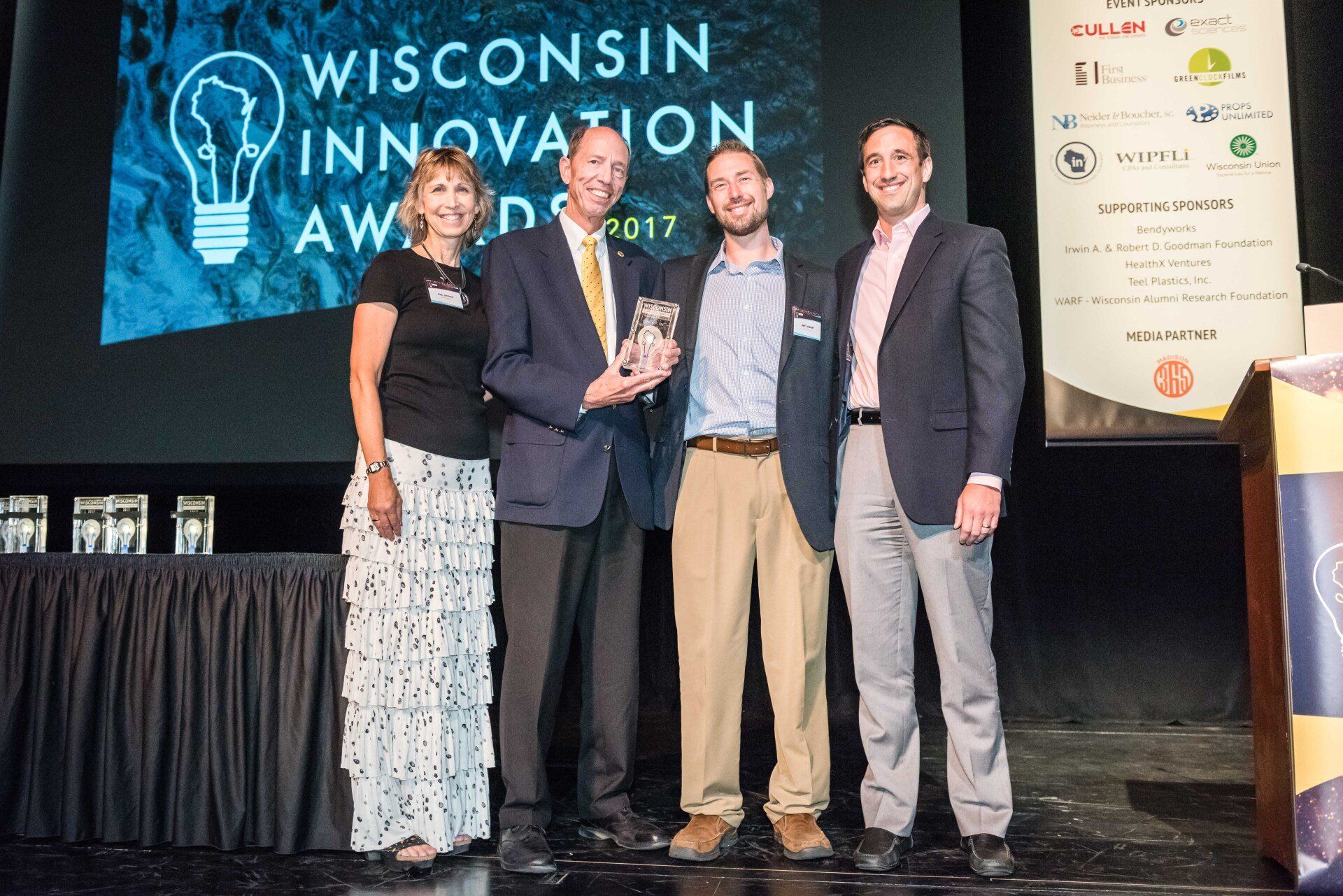V I B E T E C H N E W S & U P D A T E S
Published by: Jeff Pederson • February 2, 2021
By Deb Jacoby, CTRS, CPRP, APBC
VibeTech Director of Clinical Implementation and Training
Few of us imagined COVID-19 would extend throughout 2020 and into 2021. The effects of this pandemic have been staggering. As the weeks and months progress, the effects of social distancing, social isolation and changes in our everyday routine have taken a toll on all of humanity.
Working in a Skilled Nursing Facility as a Recreation Therapist over the past 35+ years, it is evident that this profession becomes more essential than ever. Immediate effects of social isolation related to the pandemic have already been observed, with surges in mental health concerns, substance abuse, and domestic violence. Early observation suggests problematic health behaviors, including substance abuse, poor sleep, and emotional behaviors, (ex. overeating), may increase. The COVID-19 pandemic has necessitated physical distancing protocols in senior care communities to help keep residents and staff safe. While implementing these procedures has helped slow and prevent the virus’ spread, it has also resulted in another threat to residents’ wellbeing and survival: social isolation and loneliness. https://www.healthaffairs.org/do/10.1377/hblog20200609.53823#:~:text=Immediate%20effects%20of%20social%20isolation,emotional%20or%20overeating%2C%20may%20increase
Loneliness is often described as the state of being without any company; or, in isolation from the community or society. It is considered to be a dark and miserable feeling, a risk factor for many mental disorders like depression, anxiety, adjustment disorder, chronic stress, insomnia or even late-life dementia (Wilson et al., 2007). Loneliness is common in the old-age group, leading to increased depression rates and suicide. It has been well-documented that long periods of isolation in custodial care or quarantine for illness has detrimental effects on mental well-being (Stickley & Koyanagi, 2016). Loneliness is proposed to break this essential construct and disrupt social integration, leading to increase in isolation.
This is a vicious cycle which makes the lonely individual more segregated into his own ‘constricted’ space. Loneliness is also one of the prime indicators of social well-being (Cacioppo & Patrick, 2008). Most people cringe at the idea of social isolation. They will do anything to keep themselves preoccupied or distracted, from acts of outrageous indulgences to preposterous shows of vanity and deprivation. In addition, loneliness has also shown to be an independent risk factor for sensory loss, connective tissue and auto-immune disorders, cardio-vascular disorders, and obesity. If this self-isolation and lockdown is prolonged, it is likely that chronic loneliness will decrease physical activity leading to increased risk of frailty and fractures. (Mushtaq et al., 2014).
The statistics are sobering:
- A 2015 study published in Perspectives on Psychological Science found that long-term social isolation and loneliness resulted in health effects comparable to smoking 15 cigarettes per day.
- A 2016 study by Nicole Valtorta, PhD, an epidemiologist at Newcastle University, found that loneliness increased one’s risk of having a stroke or developing coronary heart disease by 30%.
- A 2019 study by public health researcher Kassandra Alcaraz, PhD, MPH, found that social isolation increased study participants’ risk of early death, regardless of the participants’ race. In black participants, social isolation doubled the risk of premature death.
Senior living facilities traditionally provide a sense of community and a source of engagement and relationship-building opportunities. But implementing social distancing means that they need to find alternative ways to keep residents socially connected.
The Centers for Disease Control & Prevention reports that those aged 85 years and older with COVID-19 experience a 10 to 27% mortality rate in the United States. Conversely, a study published in Perspectives on Psychological Science found that social isolation could increase the chance of mortality by 32%. While social distancing is essential to preventing COVID-19 transmission within senior care communities, the loneliness that comes with this physical distancing is life-threatening, too. (https://www.iadvanceseniorcare.com/how-virtual-reality-is-keeping-seniors-entertained-and-engaged-during-the-pandemic/)
How Can Recreation Therapists Combat the Effects of COVID-19
1. Find New Technology to Enhance Your Program:
A recent article "Exercise Training Increases Size of Hippocampus and Improves Memory." See entire article: https://www.pnas.org/content/108/7/3017. The study reported increases in the hippocampal volume of 2% leading to improvements in spatial memory. A new innovative device created by Dr. Jeff Leismer, founder and CEO of VibeTech Enterprises LLC, offers the VibeSit™Pro-a portable therapeutic vibration-based exercise device with patient specific Smart Dosing™ triggering leg muscles to automatically contract to deliver exercise to older adults as they relax in a chair/wheelchair or perform interactive leg presses. VibeTech's therapy has reported in literature to be safe & effective for older adults with limited mobility (Taani et al., 2019; J. Gerontol. Geriatr. Med.).
1. VibeTech’s customized treatments reduce fall risk by improving lower body muscle strength and flexibility, relieving pain in the lower body, which helps to restore balance and mobility . The VibeSit Pro’s technology measures and tracks improvements in strength to show the benefits of treatment, while providing social contact during the treatment. VibeTech’s #1 Priority is Reducing Falls in High-Risk Patients: those aged 65+ with physical and/or cognitive impairments. Social distancing can be maintained by bringing the device easily to the resident, rather than traveling throughout a facility to a therapy gym. More information about how you can make VibeTech a part of your program can be found at: www.vibetechglobal.com
2. Try Virtual Reality Devices
Now, VR headsets are showing up in senior living and memory care facilities in the United States and abroad, giving elderly people a chance to experience the sights and sounds of distant places, enjoy moments from their past, and explore experiences that for reasons of age or poor health are physically inaccessible in real life.
VibeTech is developing the use of VR devices that can be used while also having an exercise treatment on the VibeSit Pro device. Additional information on VibeTech’s VR developments will appear on our website: www.vibetechglobal.com. VR users can go fishing, travel through space, swim in the ocean, listen to music or interact with others. A recent pilot study involving a VR platform developed by a Dallas-based startup called MyndVR showed that seniors not only enjoyed using VR but also that some appeared calmer and more alert afterward, according to a spokesperson for Silverado, the Irvine, California-based company that operates the facilities where the study was carried out. (https://www.nbcnews.com/mach/science/how-virtual-reality-helping-seniors-breathe-new-life-old-memories-ncna1069461).
3. Get a Music and Memory Program started. Visit: www.musicandmemory.com
If you have not already adapted a music and memory program, why wait? This program began in New York in 2012. After applying for and receiving a Well-Tuned music grant, we began this program at the facility I worked for, Rocky Knoll Health Care Facility. It was an instant success and was copied to all SNF’s and Assisted Living facilities in Wisconsin. https://musicandmemory.org/2015/03/04/1000-strong-counting-family-music-memory%E2%84%A0-certified-facilities-passes-milestone/
4. Take a page out of the books about “Candy Stripers”:
Reinvent an old program into something that works for you. Candy stripers first became a popular program back in the 1940’s. While the term candy stripers has since gone out of style, volunteerism has not. If anything, volunteerism has become more popular in recent years. “It’s more open and accessible,” says hospital volunteer manager Cynthia Turgeon. Although you may not be letting volunteers enter your facility, use the candy striper idea. Once facilities reopen, these programs can be volunteer run.
1. Create a traveling cart offering an afternoon bar/cocktail hour with snacks.
2. Implement a traveling store cart with cards, stationary, stamps, puzzle books, etc.
3. Develop a library cart with magazines for men and women, children’s books that people can read to their grandchildren over the internet, movies and more.
4. Offer an arts and crafts cart with adult coloring books, easy in room craft projects, or the ability to check out an i-pad or laptop if they do not have an accessible device.
5. Create and offer clientele a sensory activity.
5. 50 Activities For The Elderly In Lockdown And Isolation
https://www.goldencarers.com/50-activities-for-the-elderly-in-lockdown-and-isolation/6265/0
Staying healthy physically, mentally, and spiritually are crucial in our everyday lives. We all need to encourage the importance of routine, physical, mental, emotional, and spiritual activity while understanding the limits imposed by social distancing. Use new and old technology, familiar resources, be creative in your programming and ask for ideas from your clientele, family, friends, professionals. See “Supporting Older Adults During Covid-19” or more ideas. https://www.nrpa.org/blog/supporting-older-adults-during-covid-19/
References:
www.vibetechglobal.com
Taani et al., 2019; J. Gerontol. Geriatr. Med.
https://www.pnas.org/content/108/7/3017
https://www.goldencarers.com/50-activities-for-the-elderly-in-lockdown-and-isolation/6265/0
https://www.nrpa.org/blog/supporting-older-adults-during-covid-19/
